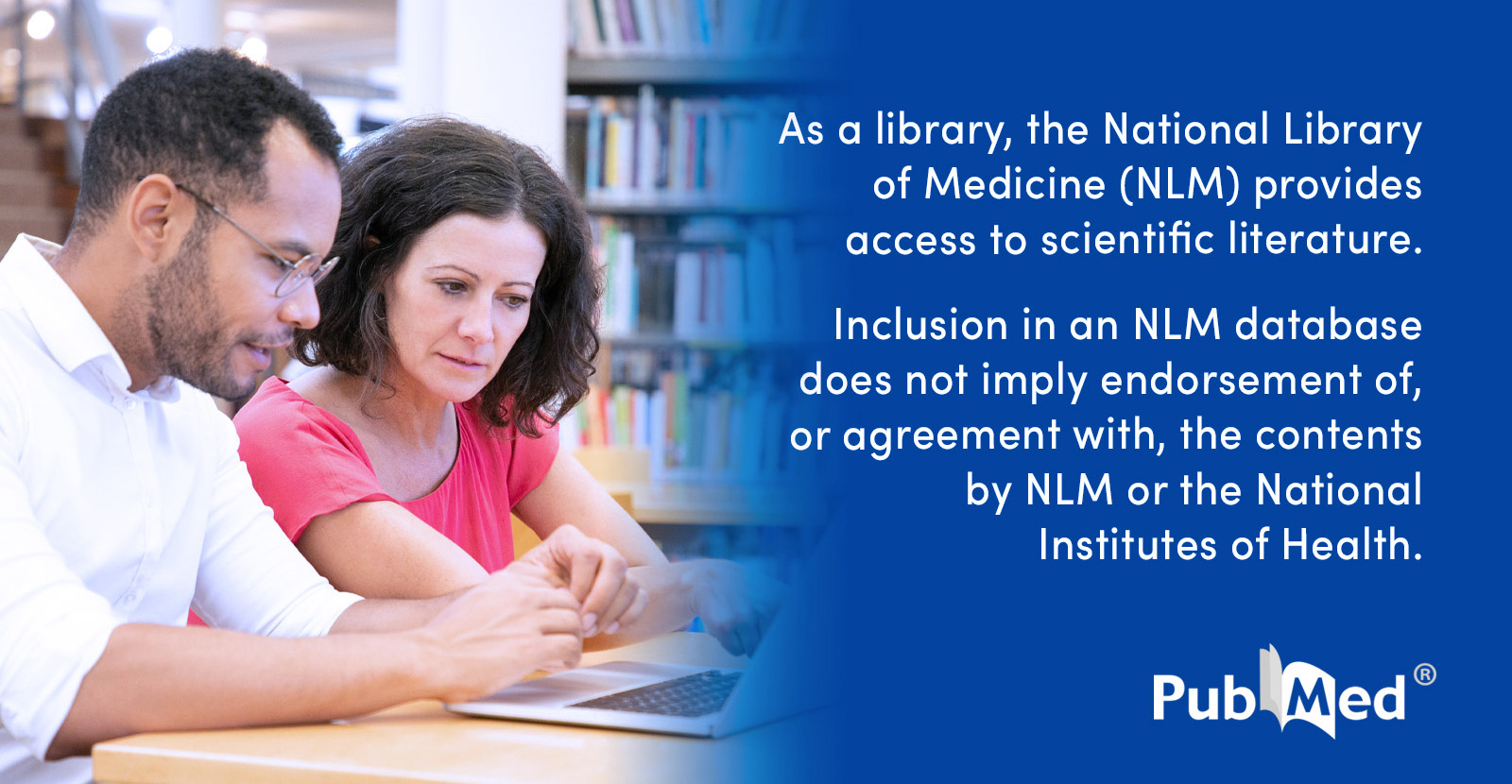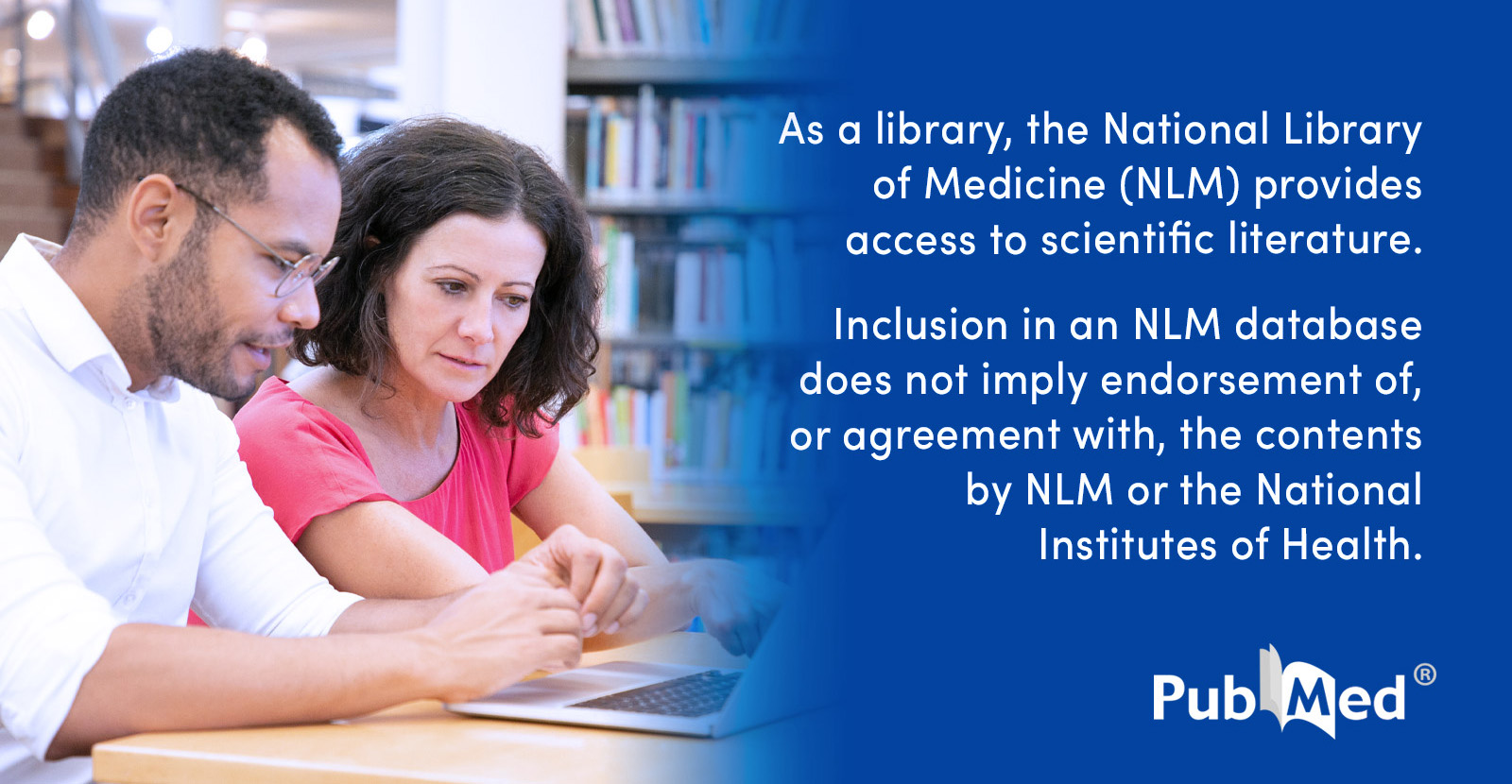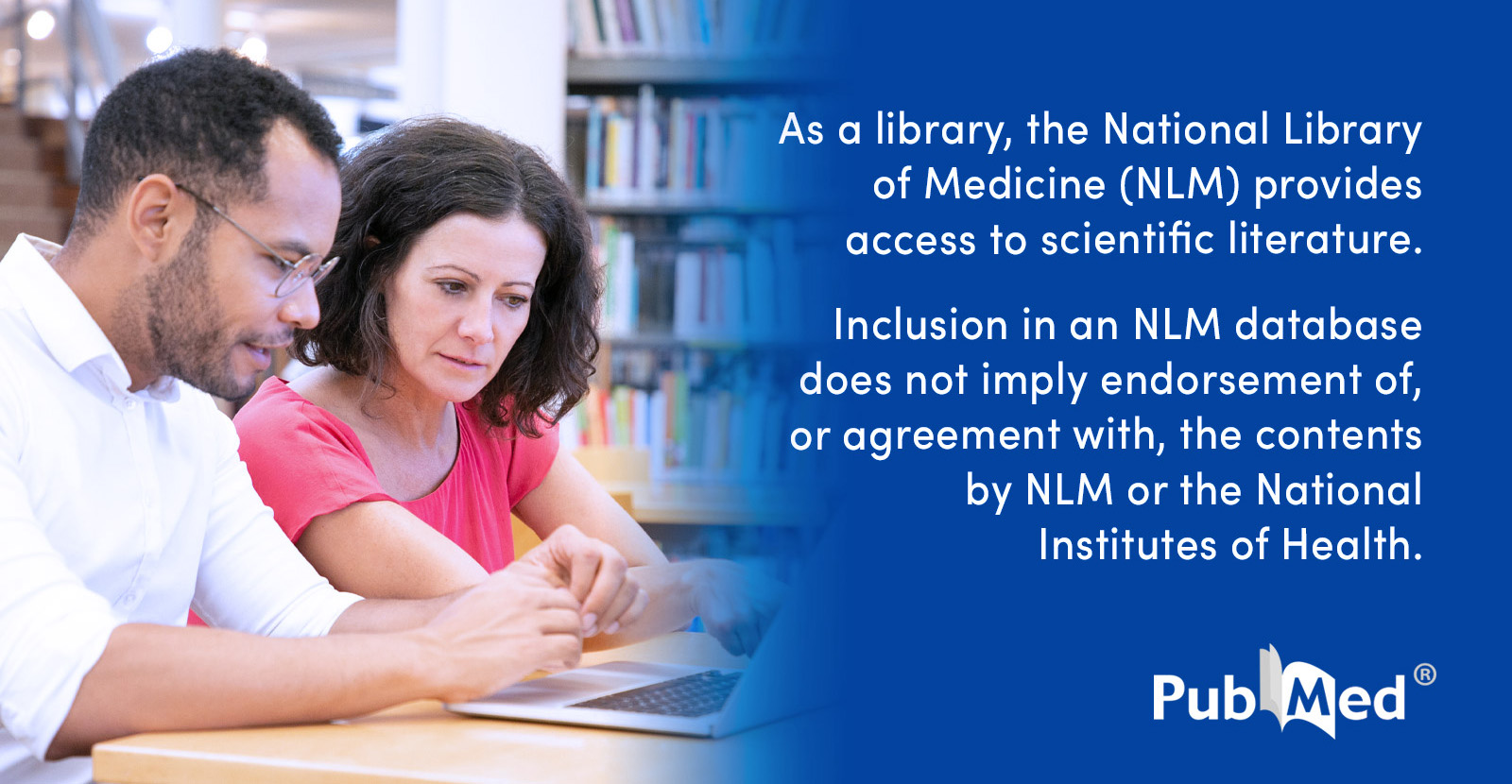
Patients with implanted cardiac devices such as pacemakers or defibrillators have historically faced significant challenges when it comes to undergoing magnetic resonance imaging (MRI). The presence of non-MRI-conditional devices—those not specifically labeled as safe for MRI use—posed concerns about potential malfunctions or interactions with the strong magnetic fields generated during imaging. As a result, necessary MRI scans have often been denied or delayed, impacting diagnostic decision-making and patient management.
However, emerging evidence, revised safety protocols, and updated clinical guidelines have been instrumental in reshaping this paradigm. Recent studies and pooled clinical data now indicate that, with appropriate precautions and device programming, many patients with non-MRI-conditional devices can safely undergo MRI procedures. These advancements are bridging a critical gap in care, especially for patients needing MRI to monitor comorbid conditions such as neurological disorders, cancer, and musculoskeletal issues.
Cardiac societies and radiology groups have developed standardized approaches to facilitate MRI access for this patient population. These guidelines emphasize interdisciplinary coordination between cardiologists, radiologists, and device specialists. Protocols typically include pre-MRI device assessments, programming modifications to minimize risks, and post-MRI follow-ups to ensure device function remains uncompromised.
The increased safety and efficacy of MRI procedures in this context are enhancing clinicians’ ability to make timely and accurate diagnoses, ultimately leading to better patient outcomes. While challenges remain—particularly in ensuring consistent implementation of protocols across healthcare institutions—the trend toward more inclusive and evidence-based access to MRI signifies a major advancement in personalized patient care.
In conclusion, modernizing the approach to imaging patients with non-MRI-conditional cardiac devices is a critical step toward delivering comprehensive and equitable medical care. As this field continues to evolve, ongoing research and awareness will be essential to further dismantle barriers to optimal diagnostic services.
Source: https:// – Courtesy of the original publisher.








